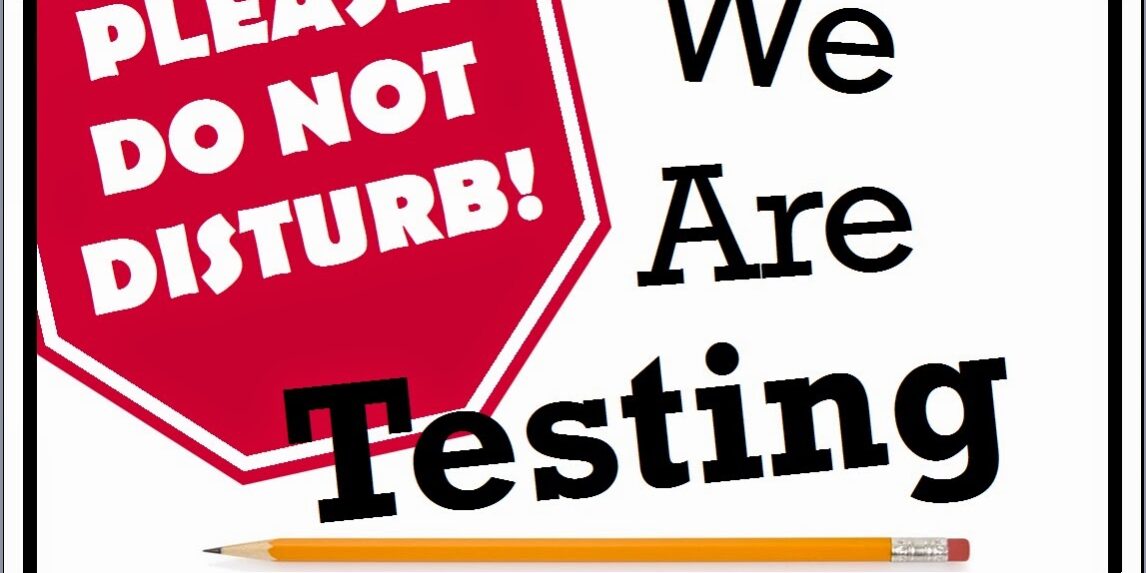In a previous post, we shared some insights from the Resource Media website on choosing the right image for your communication. But how will you know whether your carefully laid out thoughts actually work? Here are some more insights from the same source on how to test your visuals.
Why test?
Testing your visuals can help you:
• Learn what an image “says” to your audience and the associations it triggers
• Understand if an image is engaging and compelling
• Unearth unanticipated or unhelpful associations
• Spot ways to improve a particular visual communication
• Motivate more action-taking, and be cost-effective with outreach
• Reveal trends to help you refine your next visual projects
What to test?
Good image research starts with thoughtful planning to identify goals and desired outcomes for the communications outreach, key audiences and the channels needed to reach them, and the interests and values of target audiences. A good planning process gets as specific as possible, as these considerations will in turn inform image options and testing design.
Looking at your range of ideas for visuals and appeals, what predictions can you make about what will be best at drawing attention, triggering emotion and engagement, and motivating action? What are you pretty confident about based on past research and experience? What are you unsure about or perhaps assuming without prior research to go on? These will become research questions to explore in your image-testing.
How to test?
An online experiment via Facebook comparing the effectiveness of two or three different visuals in motivating participation is useful in ensuring an outreach campaign is as efficient as possible. The shortcoming is that you don’t get to understand as much about why one image does better than another to inform broader learning. That’s where a focus group approach is helpful.
But in image testing, there are some additional elements to other focus group discussions that need to be considered:
Sequencing:
The very start of an image-testing focus group is a chance to see viewers’ reactions to photos before they are influenced to some degree by discussion and material shown over the course of the group. For these first visuals, consider showing photos alone without accompanying text so you can learn where the imagery itself naturally “takes” viewers – whether it triggers the interests and associations you presume or not. Later, you can get feedback on versions with text, or other more “message-laden” approaches such as side-by-sides or drafts.
A quick-glance test:
In the real world, photos get only a brief moment to catch viewers’ interest as people scroll online or flip through print material. This can be simulated in a focus group by showing a set of photos to participants briefly, one at a time, and then putting them away and asking which caught your eye, and why? Later, participants can take more time to dwell on the images and provide feedback on each.
Assessing reaction:
In addition to paying close attention to the associations that come up for participants as they view images, it’s also helpful to watch for signs of more engaged reaction. Are people mentioning personal memories or experiences? Are they imagining more beyond what’s shown in the image? Are they using words and phrases that convey feelings, either their own or those felt by the subjects depicted in the image? Do they talk about values or ideas that are particularly important to them?
Stickiness:
A memorable image has greater influence than one which is quickly forgotten. At the very end of a focus group, when all the images have been put away, consider asking participants to identify which of everything they viewed during the group stuck with them most, and why.
Question prompts to get feedback on images:
• What do you see in this image?
• What does it make you think about?
• What are the first words that come to mind?
• What questions would you ask about it?
• Is it important to you in any way? How?
• Which of these images is most compelling to you? Why?
• Which stands out the most to you? Why?







